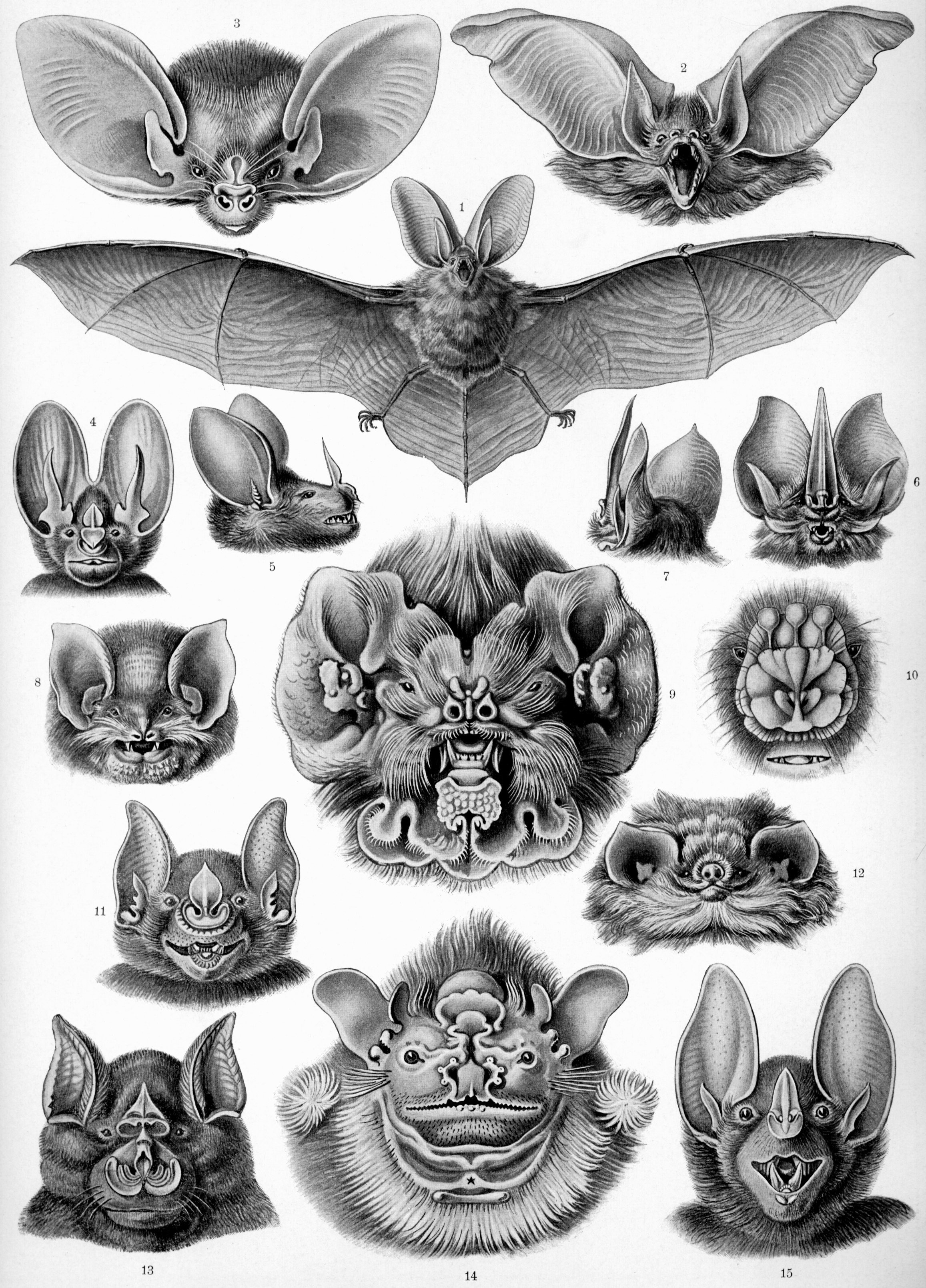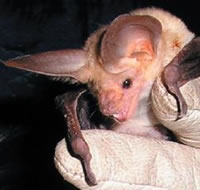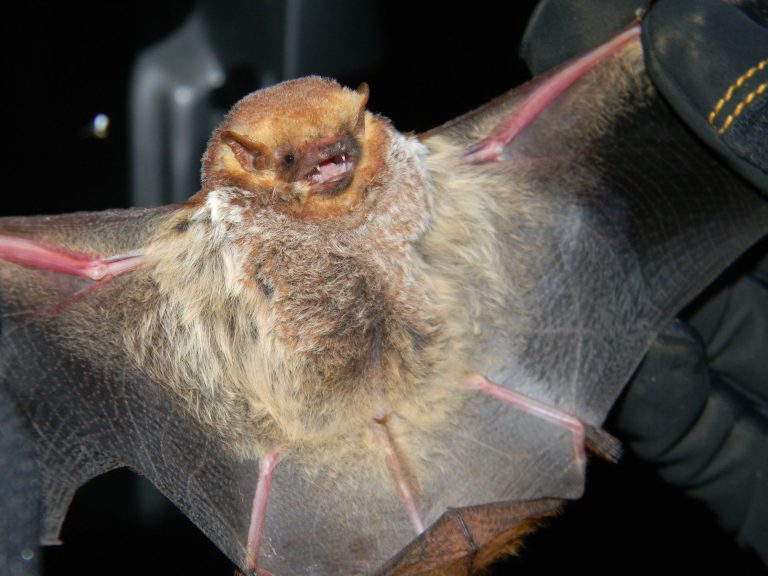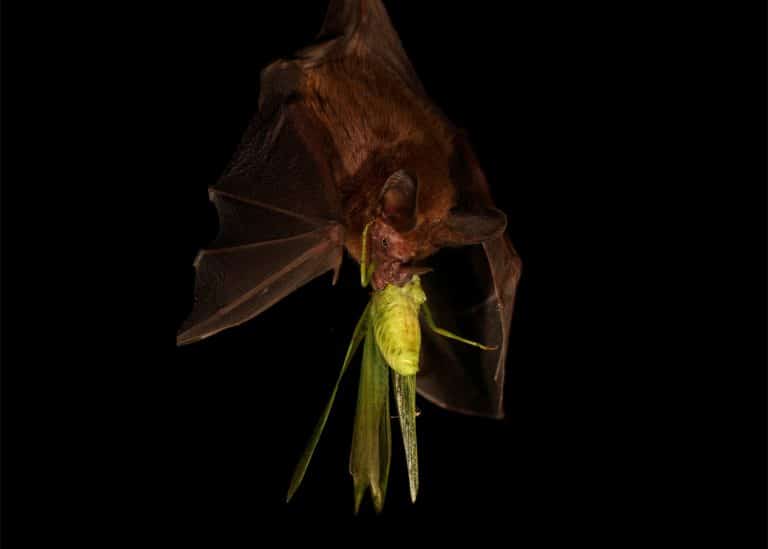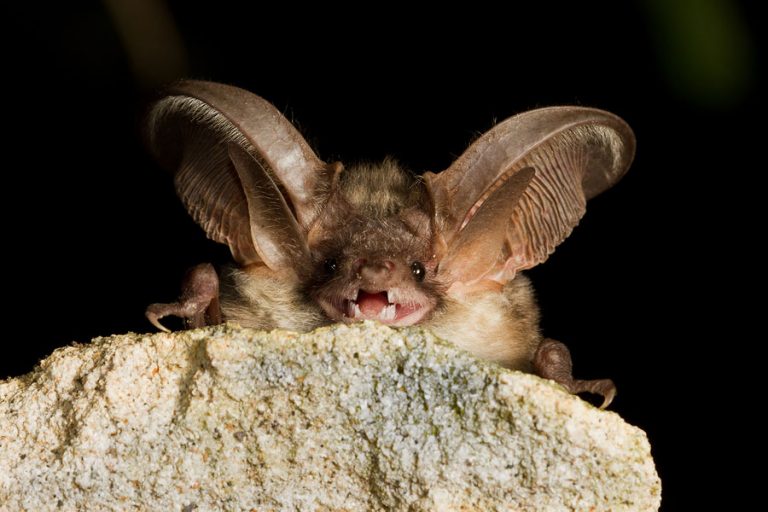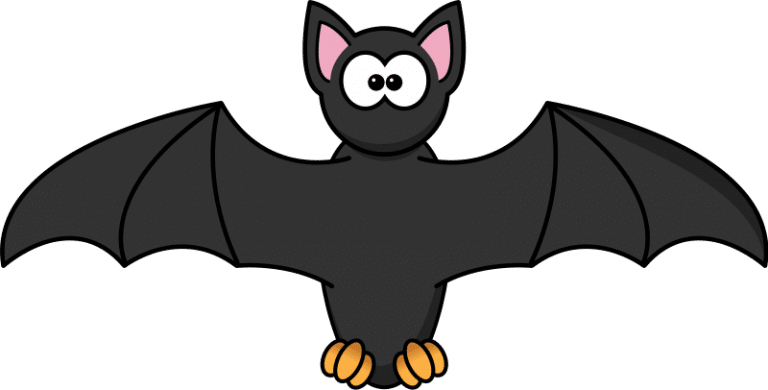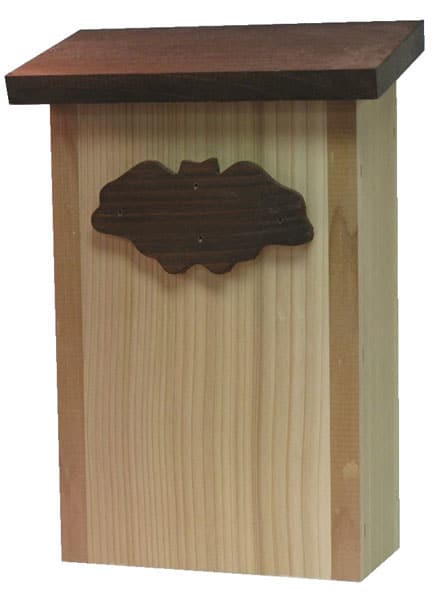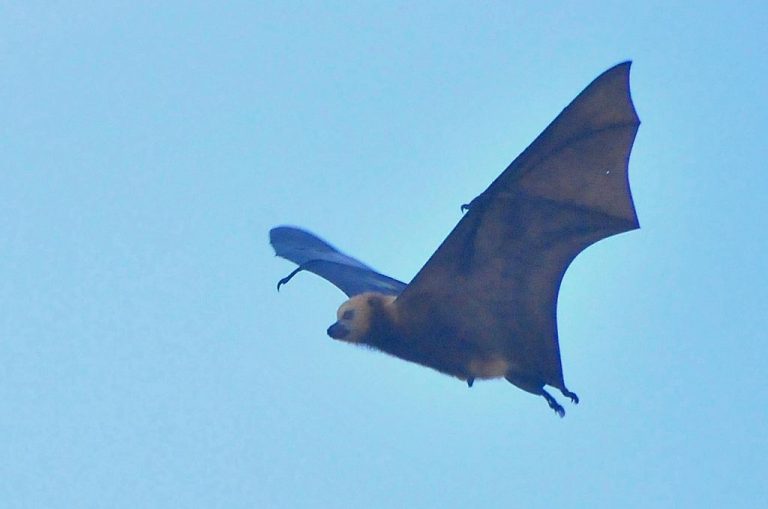Types of Bats
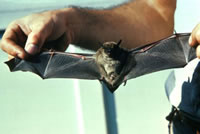
Bats, otherwise called flying foxes are mammals that are able to fly. They fit in the Chiropteran order as the mammals of the second largest group. The experts account for approximately 1100 bats types the world over. You do not see them in the Polar Region, since they prefer warm climates. 70% of them live on insects and the creatures similar to them (insectivores) and 30% of them live on fruits (frugivores). Bats play a vital function in the ecosystem by maintaining the control of insect populace, pollination and dispersal of seeds from varieties of plants.
They classify bats as (i) Megabats (megachiroptera) and (ii) Microbats ( microchiroptera). Megabytes, are generally big in size, nevertheless a few of them are smaller than microbats. The megabytes have fully developed eyes with tiny ears, self-sufficient on echolocation facilitating navigation and searching for food. Fruits, nectar and pollen are their food. Microbats on the contrary, are quite small, having big ears and tiny eyes, with a weak eyesight, requiring echolocation. Their chief food consists of insects and tiny living things. Some (Vampire bats ) have a liking towards drinking blood.
Megabats of the Pteropodidae group find themselves re-classified into seven smaller groups, some of which are as follows:
Nyctimene Robinsoni or the Eastern Tube Nosed Bats
– otherwise called Queensland Tube Nosed, bats. The Eastern Tuubenosed Bat belongs to the Nyctimenenae family , and the Nyctimene genus . This bat is dark brown in color, with disordered yellow spots dispersed at random and a head, gray in color. It differs from the others in the family, having their tubular nostrils raised.
Aethalops Alecto or the Pygmy Fruit Bat,
– otherwise called the Gray Fruit Bat, belongs to the Old World fruit bat variety, It is also a part of the small family Cynopterinae and Aethalops genus. This variety remains firmly in the high range forests over 1000m from Malaysian Peninsular, Java and Sumatra. You can get Information on these bats from the Crocker Range in Sabah, Mount Kinabalu in Borneo Gunung Mulu and Bareo in Sarawak.
Balionycteris maculate or the Spotted-winged Fruit Bat
– This is of the small family Cynopterinae and genus Balionycteris, the tiniest fruit bat world over. This bat is unique with this genus. You can see them in Malaysia, South Thailand, and Borneo Island. Its wings are dark having a light spot at every joint for which reason, it has its “spotted” name. They settle in places where you can see them in small clusters in trees and in caves of the forest.
Cynopterus brachyotis or the Lesser Short-Nosed Fruit bat
– This is of part of the small family Cynopterinae and Cynopterus genus (short-nosed or dog-faced fruit bats). The males are yellowish brown to brown having a collar of dark orange, while the females have yellowish collar. They have the face of a fox with eyes that are big and black. They settle in tiny batches beneath leaves, in trees and caves, and you can see this variety over the Andaman and Nicobar islands and the Northeast and southwest India, Sri Lanka, South China and South Burma, Thailand, Indochina, the Peninsula of Malaysia, the Philippines, Java, Bali, Sumatra, Sulawesi and Islands of Lesser Sunda. It has a major part in the effective pollination of plants. They are the only agents of dispersal of plant seeds of mangoes, avocados, bananas, dates, and peaches. People consider them as crop pests because they eat fruits abundantly.
Cynopterus sphinx or the Greater Short-nosed Fruit Bat
-This is a part of the small family Cynopterinae and Cynopterus genus (Short-nosed or dog-faced fruit bats) It is otherwise called Indian Fruit Bat of the short nose variety. You can see these bats in southeastern and southern Asia. Its very soft silky fur is gray-brownish to brown above and has a lighter hue beneath. It is seen in China, Cambodia, India, Bangladesh, Bhutan, Indonesia, Laos, Myanmar, Philippines, Malaysia, Vietnam Thailand and Sri Lanka. They make their nests in the tall trees of palms. They make their tents by chewing palm leaves and weave Stems and leaves of vines found on structures intimately to make nests when they cannot get palm trees. These bats are responsible for spreading the dangerous disease Japanese encephalitis,. They have earned the name of fruit pests, although they mainly disperse and pollinate seeds.
Dyacopterus spaduceus or the Dayak fruit bat or Dyak fruit bat
– These types of bats are a part of the small family, Cynopterinae and Dyacopterus genus. You can see these bats very infrequently on Sumatra and Borneo islands, exclusively South Malayan Peninsula of the Kra Isthmus, and on the Southeastern Sunda Shelf. Underneath its color is silvery-gray and above it is gray-brown with short pelt and short tail. It has the tiniest skull and weighs under 150 grams. It certainly has a major part in the ecological unit in the dispersal of seeds in the tropical forest. This bat is the only known example of a naturally lactating parent.
Letdown salimalii or Salim Ali’s fruit bat
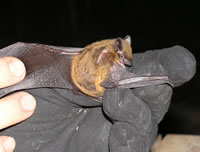
– This is a part of the small family, Cynopterinae and genus Latidens. It has no tail and is medium in size. The fur on the head is of black-brown color, the wings are pale brown. The underside is pale grayish-brown having no hair on the membrane of the wing. It was initially traced on the curvy tall Annamalai mountains in the Western Ghats, South India at a height of 750 meters. This variety is in grave danger of extinction.
Penthetor Lucasi or the Dusky Fruit Bat
– This bat is a part of the small family, Cynopterinae and Penthetort genus. This bat is the sole variable of Penthetort. In the above it is grayish-brown and below the light buff-gray. They settle in big numbers occasionally in the dark, between caves or crevices of rocks. They have a reputation as fruit pests as they assault orchards. They are good agents in the dispersal of seeds. They extend from Sumatra, Riau Archipelago Borneo, Malaysian peninsular, Southeastern Asia, and farthest Southern Thailand.
Acerodon humilis or the Talaud Flying Fox
– This bat is a part of the small family, Pteropodinae and Acerdon genus. You find them exclusively in the Karekaleng and Salebabu islands in the Indonesian Talaud archipelago. You can find these bats in the territories of the tropical and marshes of the subtropics. This variety is in danger of extinction. The reduction in its number is because of deforestation and hunting.
Acerodon jubatus or the Giant golden-crowned flying fox
– This bat is a part of the small family, Pteropodinae and Acerodon genus and called as the Golden-capped fruit bat. We find these world’s biggest bats in the Philippines only. Deforestation and hunting make these types of bats endangered because they seem to be defenseless. This bat is named as such on accord of its head covered with golden fur. The tropical Philippines forest is its natural home, where it is useful in dispersing seeds of different kinds of fruit trees and in aiding pollination. This bat is unique for its use of water for grooming.
Accordion Lucifer or the Panay Giant Fruit Bat
– This fruit bat is a part of the small family, Pteropodinae and Acerodon genus seen in the Philippines. In 1996, many experts considered this variety as extinct owing to not only to deforestation, but also extreme hunting of this variety.
Eidolon helvum or the Straw colored fruit bat
– This variety of fruit bat is a part of the small family, Pteropodinae and Eidolon genus (straw-colored fruit bats). An extensively spread variety fruit bat in Africa, their exterior is straw colored or yellowish hence their name. It ranges from the Madagascar offshore island, the Savanna regions of Africa (Southern Sahara), to the southwest Arabian Peninsula forest. Females are normally silky yellowish, while males are bright orange, its cheeks , eyes and ears are large. It has long black wings with pointed tips. More than 100,000 in a group settle in big communities. At night they are out of their homes searching for food which they spot by scent and vision. They are helpful mammals that assist in the dispersal of seeds and pollination.
Pteropus Alecto or the Black flying fox
– This is a part of the small family, Pteropodinae and genus Pteropus. They are one among the biggest bats having black short hair with reddish-brown shroud weighing approximately 700 grams with a wingspan of over one meter. They are inhabitants of Papua New Guinea, Indonesia and Australia. They settle in big groups in paperbark marshes, bamboo forests, tropical forests, mangroves, and rarely, in the caves or overhanging below. They litter in single numbers. Initially in the first month, the mother carries her infant, and thereafter at night she flies all by herself on the lookout for food. The nectar and pollen of the local Lilypillies, turpentine trees, eucalyptus and paperbark are the food of the Black flying foxes.
Pteropus conspicillatus or the the Spectacled Flying Fox
– This flying fox is a part of the small family, Pteropodinae and Pteropus genus called Spectacled Fruit Bat is a big black flying fox. Fur of straw color surrounds its eyes. The shroud spreading diagonally along the back, shoulders and neck is pale yellow in color. Above its head and face some varieties have dull yellow colored fur. Their environment where they make their homes is in the tropical forest and forests. Their homes are constructed in the forest of tropical, eucalyptus paperbark and the mangroves. The main food of these types of bats is fruits from Moraceae (figs), Myrtaceae (chiefly Syzygium), fruits of the rainforests, and flowers of riparian region, Myrtaceaean flowers (Chiefly Eucalyptus Syzygium varieties), Mangroves, eucalypt forest and paperbark. From October to December, females litter once every year. They nurse their young ones for over five months and thereafter they settle them in the nursery colony of trees.
In the next classification of echolocating, bats or Micro bats normally take their scientific name. For the purpose of navigation and food, these bats depend on echolocation. Given below are the descriptions of some Microbats.
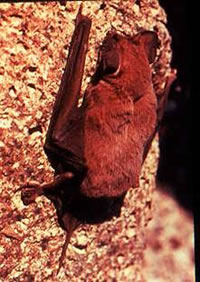
Coleura seychellensis or the Seychelles sheath-tailed bat
– This sheath-tailed bats are a part of the small family, Coleura genus and Emballonuridae. We find them in the North of Madagascar at Seychelles Island’s central granitic islands. It is among the endangered varieties owing to the large-scale loss of habitat and introduction of varieties of plants in the environment. The weight of this bat is about ten grams. It makes its homes, in cracks and crevices and in caves. It feeds on different types of insects.
Dicliddurus abuse or the Northern Ghost bat
– This Ghost bat is a part of the small family, coming from Southern America, Central America and Trinidad, and they call it Jumby Bat. It belongs to the family Emballonuridae and genus Diclidurus. It is quite different, white in color with a rare kind of a sac located at its tail bottom. It dwells in the depth of rock crevices, caves and old deserted mines.
Craseonycteris thonglongyai or the Kitti’s Hog-nosed Bat
– This Hog-nosed bat is a part of the small Craseonycteridae family, and Craseonycteris genus. People refer to them as the tiny bumblebee bat the tiniest variety of bat hailing from South east of Burma and Western part of Thailand. The upper portion has a gray or reddish-brown coat and lower part paler in color. Its conspicuous snout resembles a pig. It has small eyes with fur almost over it and big ears, it has large black wings with long tips. They live in the caverns of limestone hills and their food is insects.
Rhinolophus hipposideros or the Lesser Horseshoe bat
– These represent the tiniest types of bats the world over, the European bat having a wingspan of approximately 192-254mm and five to nine grams weight. Its nose is shaped like a horse- shoe and hence the name. This bat holds on to rocks and tree branches or on the rocks with the help of its strong feet. Its eyes are very tiny. They live in clusters and depend on the echolocation in searching for food within a frequency range extending from 93 KHz to 111 kHz. They generally feed on tiny insects. Being single-brooded, these bats bring forth just one pup a year. They lie dormant inside cellars, mines, caves and unused age-old buildings during winter. Because of the excess insecticide usage and the devastation of its environment due to deforestation, it is being forced into extinction.
Macrodermaas or the Ghost Bat
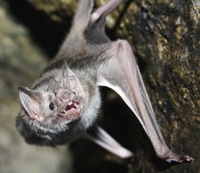
– This Ghost Bat is a part of the small family Megadermatidae and the genus Macroderma. Called the False Vampire Bat, you can see it exclusively in Australia. They call it Ghost Bat because its wings possess an extremely thin membrane giving it the appearance of a ghost at night. Its upper side has gray fur and a dull gray-white fur on the underside.. It does not have a tail; it has large slender wings, its teeth are very sharp and ears big. It normally feeds on small lizards, frogs and at times other bats too. It uses both echolocation and eyesight as hunting tools. These bats live in small clusters in tunnels, caves and mines. Constant erosion of its natural environment puts these bats in danger of extinction.
Vampire bats
– These bats live on blood. Their three varieties all Americas natives are the White-winged Vampire Bat Diaemus young or the Common vampire Bat ( Desmodus rotundus) and the Hairy-legged Vampire Bat. They have a membrane on the short tail and their ears are tiny. Their very sharp teeth help them in biting and cutting into their prey. The saliva of the Vampire bats contains Draculin that helps to prevent clotting of the blood of the prey to continue bleeding. This bat builds a good relationship with the other bats belonging to the same group; it has an intriguing nature of adopting orphaned stray little bats. Another interesting feature that these bats exhibit is its readiness to divide its meal with many other bats that are short of food. These bats prefer for their abode, Caves, deserted wells, buildings, tree hollows, very dark colonies and caves. Because of the extensive usage of insecticides, loss of their shelter and widespread felling of trees in the forest area, a great number of these 1100 varieties of vulnerable bats become seriously susceptible to extinction. You can contribute to preserving the bat population by providing them with bat houses, with facilities for resting, hiding, hibernating, breeding and roosting.

Having discovered a fondness for insects while pursuing her degree in Biology, Randi Jones was quite bugged to know that people usually dismissed these little creatures as “creepy-crawlies”.

